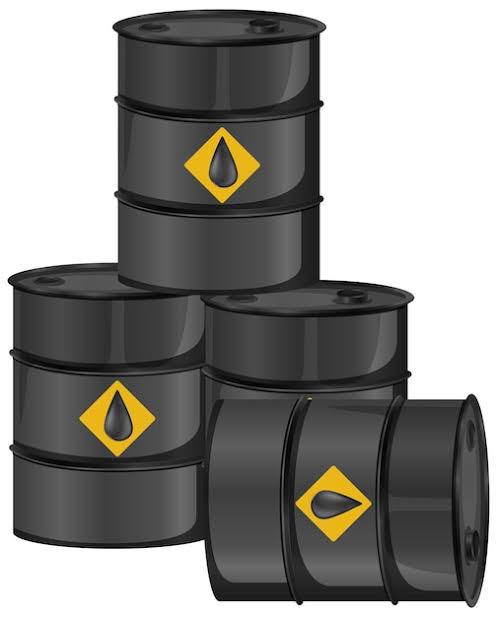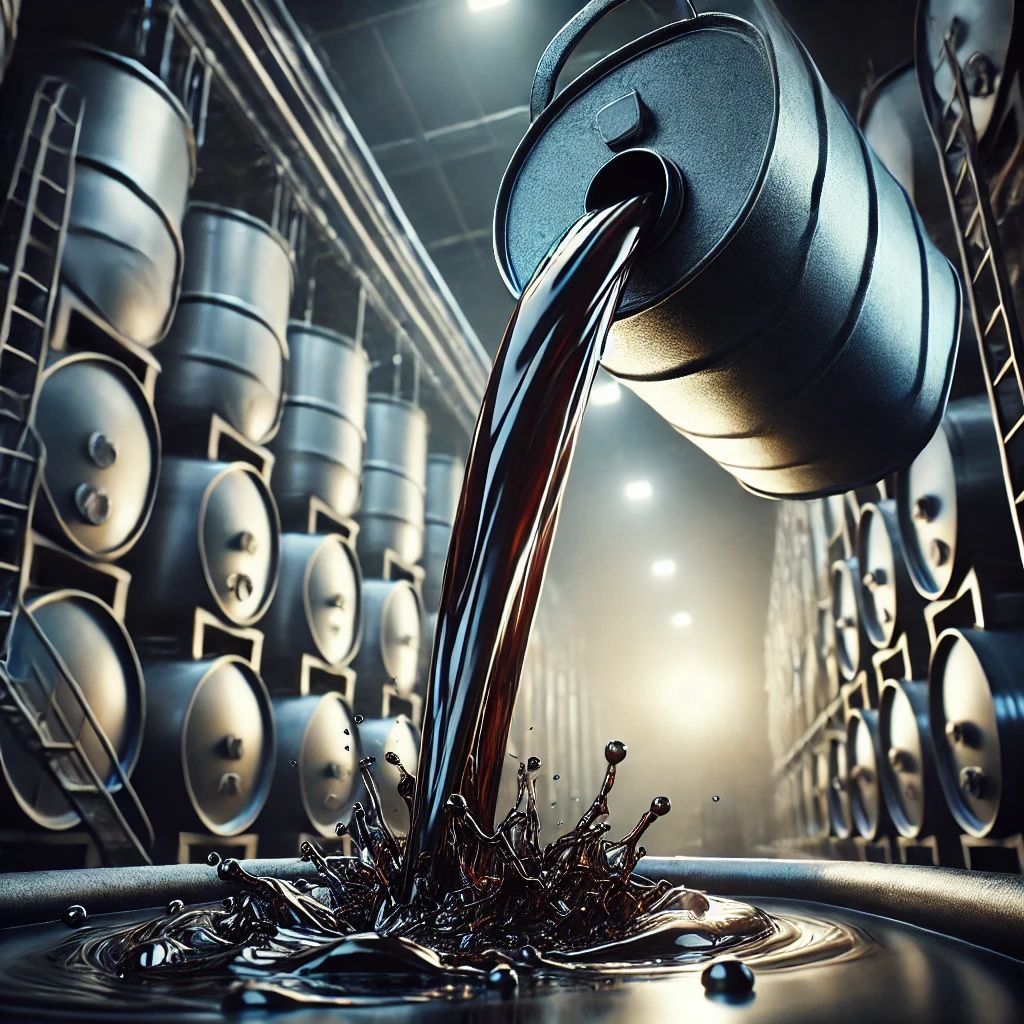Trusted Supplier of Fuel Oils and Hydrocarbons


PENETRATION GRADE BITUMEN(60/70,80/100)
VG10,VG0,VG40
Bitumen is a highly sought-after material in various industries, primarily used in road construction, waterproofing, and insulation. The global bitumen trading market operates with different grades of bitumen, tailored for specific applications. Understanding these grades is crucial for buyers, traders, and suppliers to ensure they meet the technical requirements of their projects.
Grades of Bitumen
Bitumen is categorized into various grades, typically based on its viscosity, penetration, and hardness. The common grades include:
- Penetration Grade Bitumen (e.g., 60/70, 80/100): This is the most commonly used grade in road construction. It is categorized based on how deeply a standard needle penetrates into the bitumen sample under specified conditions (temperature, load, and time). The lower the penetration number, the harder the bitumen. For example, 60/70 means a needle will penetrate between 6 and 7 mm.
-Viscosity Grade (VG) Bitumen (e.g., VG10, VG30, VG40): Viscosity grading provides a more precise measurement of bitumen's flow characteristics at high temperatures. VG10 is used for colder climates, while VG30 and VG40 are preferred in hot climates and for high-traffic roads.
- Oxidized Bitumen:
This grade is produced by blowing air through bitumen to harden it, making it ideal for industrial applications like roofing and waterproofing.
- Cutback Bitumen: Cutback bitumen is produced by dissolving bitumen in solvents, reducing its viscosity for ease of application. This type is commonly used in cold climates or regions where bitumen heating is difficult.
- Polymer Modified Bitumen (PMB): This is a high-performance grade, enhanced with polymers to improve elasticity and adhesion, making it ideal for areas with extreme temperature fluctuations or heavy traffic loads.

FUEL OIL CST180 & 380
Fuel Oil CST 180 is a high-viscosity product widely used in marine engines and industrial boilers. Its consistent performance and efficiency make it an ideal choice for heavy-duty applications where thermal stability and energy density are critical. We ensure that our CST 180 meets stringent quality standards, providing our customers with a reliable fuel source. Key Features - High calorific value - Ideal for marine engines and boilers - Cost-effective fuel solution - Available in bulk quantities Fuel Oil CST 380 Fuel Oil CST 380 is another high-viscosity grade fuel oil that is perfect for large-scale industrial and marine applications. Known for its stability and energy efficiency, CST 380 is used in high-power combustion engines and offers optimal performance in various environmental conditions.

BASE OIL
Industrial machinery, and other equipment. Types of Base Oils Base oils are classified into five groups based on their production process and chemical properties: - Group I: Solvent-refined base oils, typically used in less demanding applications, such as older automotive engines and industrial lubricants. - Group II: Hydrocracked oils with better oxidation stability and lower sulfur content, commonly used in modern automotive engines. - Group III: High-quality oils that are often used in synthetic lubricants due to their superior performance in high-temperature conditions. - Group IV (PAO): Fully synthetic oils with excellent stability and performance in extreme temperatures, used in high-performance engines and equipment. - Group V: Specialty oils that are used in unique applications, such as biodegradable or environmentally friendly lubricants. Factors Affecting Base Oil Trade Several factors influence the global base oil trade: - Supply and Demand: Demand for lubricants in industries like automotive, manufacturing, and transportation drives base oil sales. Growing industrialization in regions like Asia-Pacific increases the need for base oils. - Price Fluctuations: Since base oils are derived from crude oil, their prices are closely tied to fluctuations in.
.
